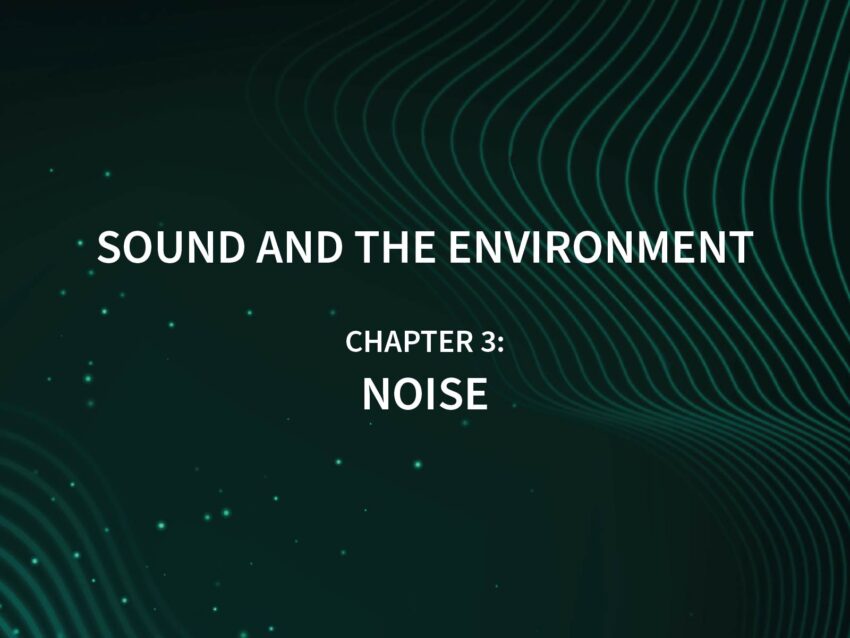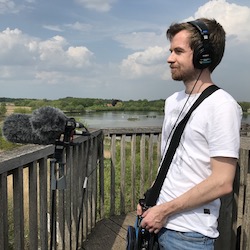
Get 1+ GB FREE sound effects
BLACK WEEKS: Save up to 83% on sound libraries! Huge discount on the Everything Bundle!
BLACK WEEKS: Save up to 83%!

Today’s cities and urban environments are tireless sound generators. The roar of combustion engines is omnipresent, electricity whirs and electromechanics rattle, people exchange their experiences, using their voices or electronically. Beeps from cell phones and other devices demand attention and quick responses in a networked world, and advertising messages and broadcasts sound their target audience regardless of time and place. Les Blomberg, founder of the American non-profit organization Noise Pollution Clearinghouse, describes the state of urban soundscapes as follows: “What we’re doing to our soundscape is littering it. It’s aural litter – acoustical litter – and, if you could see what you hear, it would look like piles and piles of McDonald’s wrappers, just thrown out the window as we go driving down the road.”
Despite the acoustic oversaturation in cities, not every urban sound is synonymous with noise, as it is the subjective perception of each individual. For one person, certain sounds are noise, for another they represent music. An example of this is the sound of the engine of a tuned vehicle. While the high sound level arouses fundamental disapproval among the majority of outsiders, the driver enjoys the attention paid to him and the brute sound of his car. The subjectivity of perception therefore also offers the possibility of identifying general noise sources as such. If a large part of society feels disturbed by a sound, laws for qualitative noise control can be adopted on the basis of public opinion. Noise can consequently be defined as an unwanted sound.
However, the noise level of large cities and modern societies has undeniable and measurable effects on human health and the environment. Both permanent sonication and short and loud exposures have a negative impact on the organism, affecting not only the physical condition but also the behavior of humans and animals.
The next article is about how noise affects people and the environment. Among other things, we will use our own recordings to show you how birds adapt their songs to urban background noise.

Jonas, co-founder of Just Sound Effects, is a graduated sound designer and captures field recordings all over the world, always looking for unique soundscapes and new places to explore.

All prices are net, additional VAT may apply.
By subscribing to our newsletter you agree to our privacy policy.

All prices are net, additional VAT may apply.
© 2025 JUST SOUND EFFECTS GbR – All rights reserved
By subscribing to our newsletter you agree to our privacy policy.